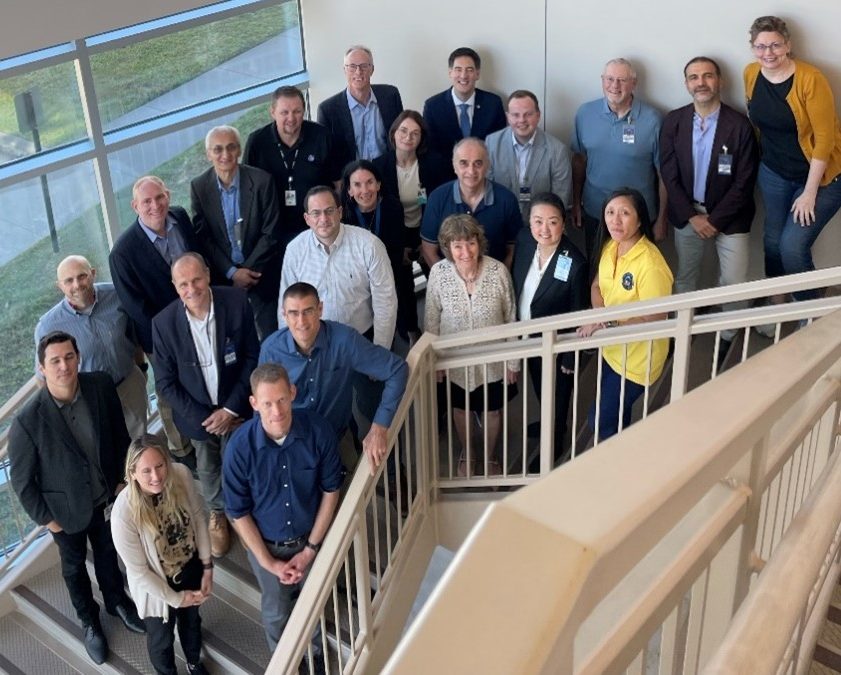Nasa
1M
367

Image Credit: Nasa
Risk of Venous Thromboembolism During Spaceflight
- NASA initiated a working group in 2024 to review research and activities addressing the risk of venous thromboembolism (VTE) during spaceflight.
- The working group comprised internal and external subject matter experts from NASA, the European Space Agency, and leading medical institutions.
- Spaceflight Venous Thrombosis (SVT) involves the formation of blood clots, with some crewmembers experiencing obstructive thrombi during missions.
- The pathophysiology of VTE includes alterations in blood flow, vascular endothelial changes, and hypercoagulability, contributing to clot formation.
- In addition to terrestrial risk factors, physiological changes in spaceflight like altered blood flow and fluid shifts may influence VTE development.
- Altered blood flow patterns and potential retrograde venous blood flow in weightlessness may contribute to thrombus formation in crewmembers.
- Physiological concerns like Spaceflight Associated Neuro-ocular Syndrome (SANS) are studied for their connection to venous thrombosis risk.
- Recommendations from the working group include improving thrombus detection, investigating factors leading to thrombi formation, and developing countermeasures.
- An algorithm was proposed for in-mission assessment and treatment of thrombus formation based on early ultrasound testing of the left internal jugular vein.
- Further investigations are needed to enhance detection capabilities, understand pathophysiology of thrombosis in space, and develop effective countermeasures.
Read Full Article
22 Likes
For uninterrupted reading, download the app